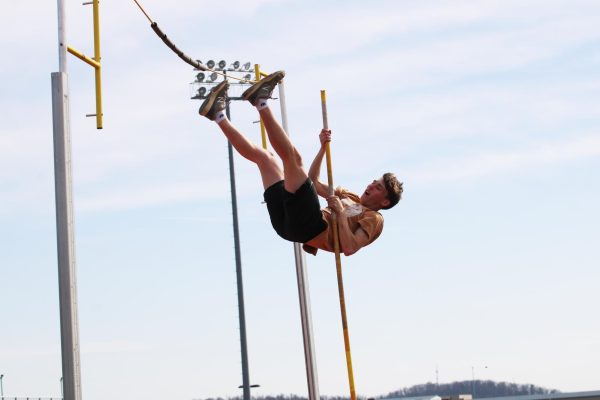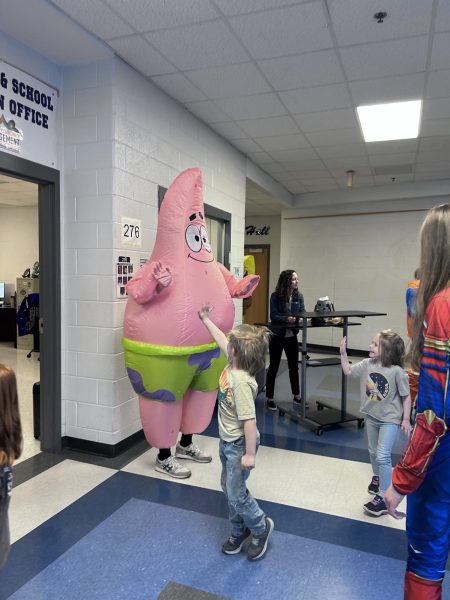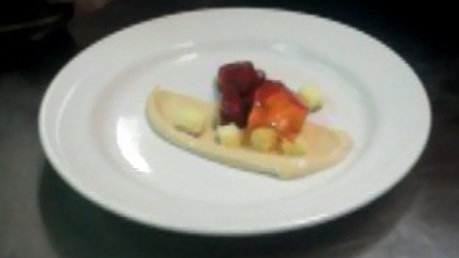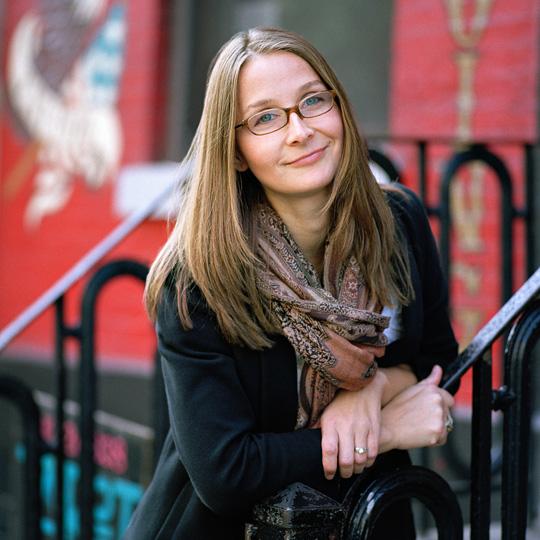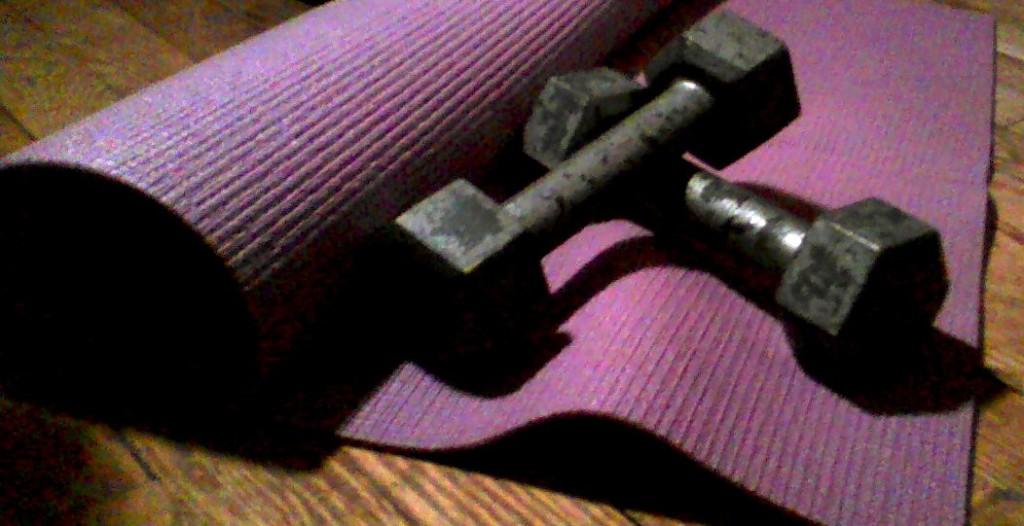Corinne Diop wanted to be a dietitian. Her intended major upon initially being accepted into JMU was going to teach her about food; more specifically, the biology side of food. During the May semester, Diop decided to take an elective course in photography and since then, she has gone to become a renowned artist and photographer, as well as a university professor.
Diop specializes in a type of photography called “photo-collaging”. The collage is made not by using scissors and glue, but using Photoshop to combine the images together. Making the collage requires not only good photography skills, but also an artistic eye in order to make the collages appealing.
“I start with a photographic image. I gather them either with a normal digital camera, or by putting things on a scanner. Which basically the scanner becomes like a camera, and then those different images get combined together.” Diop said.
Aside from working on her personal artwork, Diop also teaches three classes a semester at JMU and participates in several committees.
“My day starts with portfolio development, and then I have classes, research for my classes, or grading to do. Then I might have a meeting about something, [like] I’m on the Diversity Council for JMU, so after I’m done with classes I run to Diversity Couincil.” said Diop. “Fridays are a big day for different meetings; I’m on a search committee and we have a commission to fill [a new position] we need to decide our strategy. So a typical day would be a mix of classes, meetings, maybe doing something in the lab like changing out cartridges, maybe doing some deadlines for artwork.”
Diop’s photography course differs in size from other teaching areas. Instead of lecturing fifty or more students at a time, she teaches a class of eighteen or so students.The small size allows Diop and the students can do more hands-on work with cameras and equipment.
“Photography is so hands on and we need to have enough equipment for everyone. We actually have a dark room, with enlargers, so for an intern-level class, we can’t have a ton of people, or they don’t all fit safely in the dark room. And then for the digital class, we can’t have too many or we don’t have enough computer stations.” Diop said.
The photography course also differs from other majors in that photography itself is not the major. A student accepted into JMU would take major in art, and then chose a concentration in photography. The reason being, that the multiple stems of art concentrations share the same core classes.
As far as teaching goes, Diop is aware of both the pros and the cons. Her schedule at JMU is loaded, and the hardest aspect of teaching for her is balancing the work. Diop is involved in many committees that need paperwork, as well as having to schedule projects and grading for her classes. Diop also has to find the time to create her own artwork and market it at exhibits. She admits that sometimes her schedule becomes “overwhelming to balance,” but Diop still enjoys it all, especially around project time in her classes.
“[I love] seeing the work that the students create. They’re so creative and innovative, and it’s fun to give a project and see what they come up with because I’m always surprised.” Diop said. “There’s some others mixed in, people that didn’t put the time in or never put in effort, but [other than that] it’s really exciting to walk in when a project is due and see all the great stuff they made.”
Originally from Pennsylvania, Diop moved to Harrisonburg and went to Eastern Mennonite High School, where she lived began living in a dorm in tenth grade. After EMHS she was accepted into JMU for her undergraduate studies. Later she moved to the University of Washington in Seattle to master in fine arts. After graduate school, Diop taught in Baltimore, as well as had several part-time jobs. After hearing about an opening in JMU, Diop applied for a part-time position; originally intending to stay for one year. She has now been a part of JMU faculty for 22 years.
In 2009 Diop lived in Paris on an artist’s residency, where she lived in a provided apartment and did her artwork for several months through a program available for Virginian university professors of either music or art.
In years since, Diop has gone on to influence many students, some of who have gone on to become sought-after photographers.
“I have other students who work for Rolling Stone.com or Men’s Vogue.” Diop said.
One example of a ‘success story’ is Katie Stoops, who is a well-known commercial photographer who specializes in weddings. Stoops and other former Diop students have gone on to make businesses for themselves due to “their own creativity”.
“It’s fun [having students become well-known] but they do a lot of the work. It feels good that you get to set the foundation, but they really have to take it that last stretch and be creative to figure out what they want to do and make connections and get the expertise. We can’t teach everything they’re going to need to know.” Diop said. “I have one student who is doing underwater photography, and I don’t know how to do that. But I can teach how to use a camera and set the basics. I would say the same creativity they use in their artwork, they’re going to have to use to find their career after JMU. This is not a field where people aren’t going to call you and ask you to come to work. They’re going to have to find their niche and get the experience that get you where you need to go.”
The most important advice Diop hopes to impart on photographers and students in other fields of study is the invaluable aspect of working hard.
“Whether you’re trying to make it as an artist, or someone in a business, or even if you’re working for some one else, you really have to learn your craft. People don’t like deadlines when they’re in school, but guess what there’s always deadlines. If you don’t meet a deadline for a publication, you don’t get paid and then they never hire you again. Being hardworking and meeting deadlines, being creative and being disciplined [will get you far].” Diop said.



